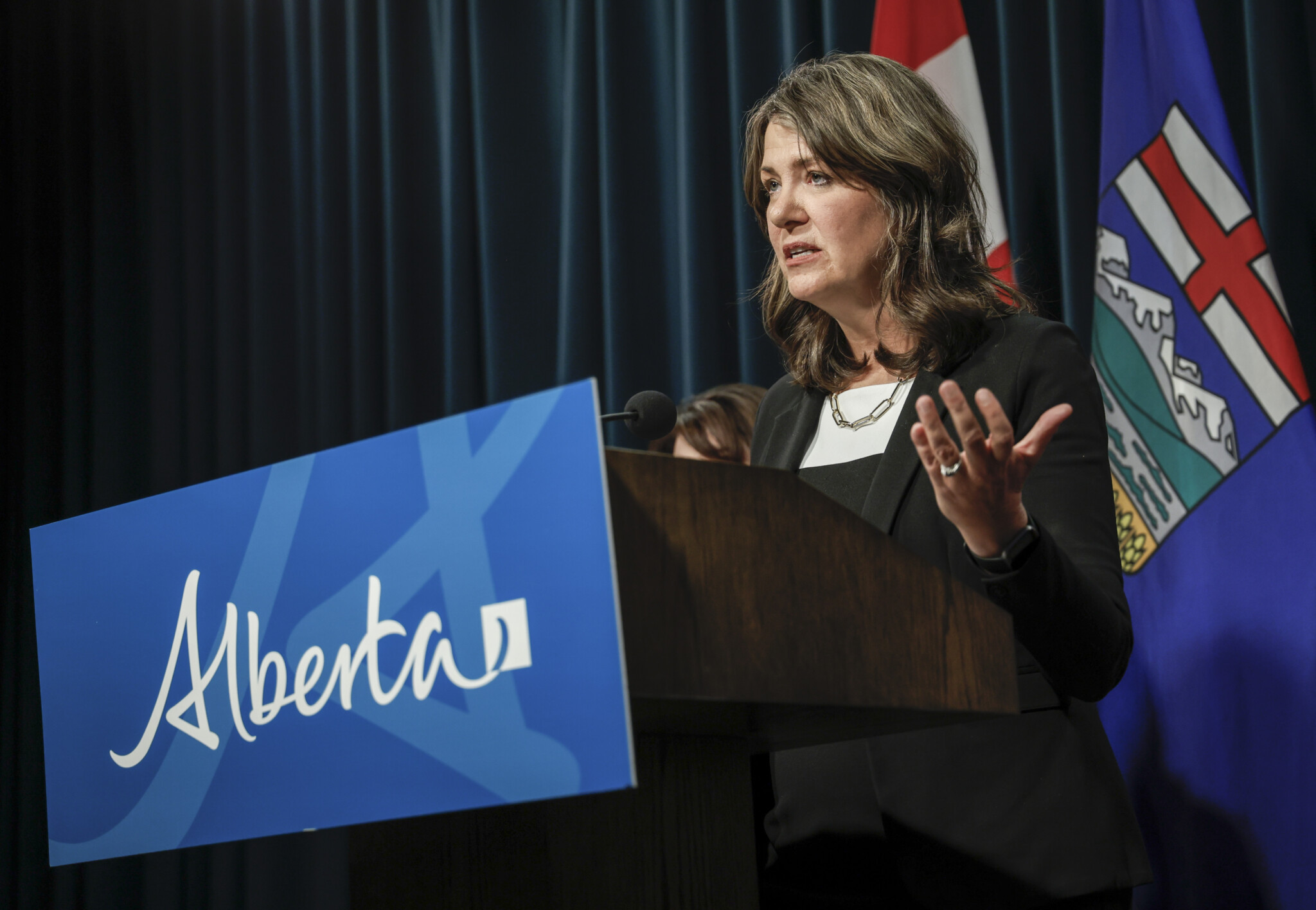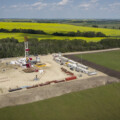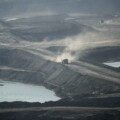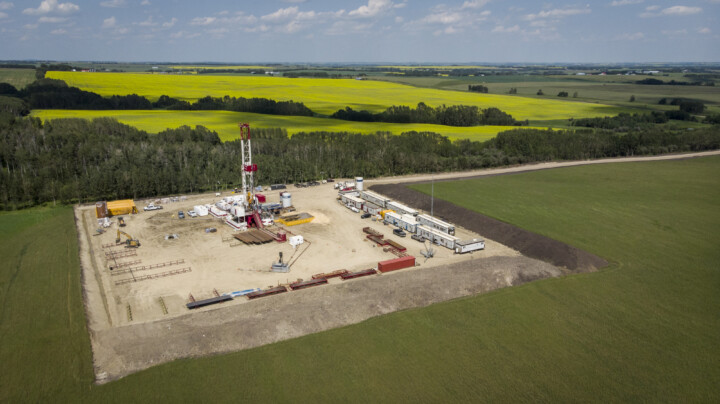It’s no secret that many Albertans seem unhappy about the state of their economy. But at the same time, the province always seems to be at or near the top of the leaderboard when it comes to provincial economic growth. So, what’s going on?
Statistics Canada recently released new data on GDP by industry and province for 2024. It’s not the official provincial GDP statistic—that comes out later this year—but it’s a solid early read.
On the surface, Alberta’s doing pretty well. The province had one of the strongest growth rates in the country last year, ranking fourth overall and outperforming every other big province. And since COVID, Alberta’s been on a roll: second in growth in 2022 and 2023.
So, what’s the problem?
Extraordinary population growth has added people, jobs, and economic activity to the province, but masked what’s going on for individual Albertans. Over the last couple of years, per capita GDP—a measure closely tied with incomes and prosperity—has declined about 3 percent.
Alberta isn’t alone on this. Ontario saw a similar dip, and nearly every province has seen this stat slip—something that’s been widely reported nationally.
What’s different in Alberta is how long this has been going on. Since oil prices crashed in 2014, the province’s per capita GDP hasn’t just stalled—it’s fallen. It’s now down around 10 percent compared to 2014 and sits at nearly the same level it did 20 years ago. The economy may be larger, but it isn’t stronger—with weaker income growth and higher unemployment.
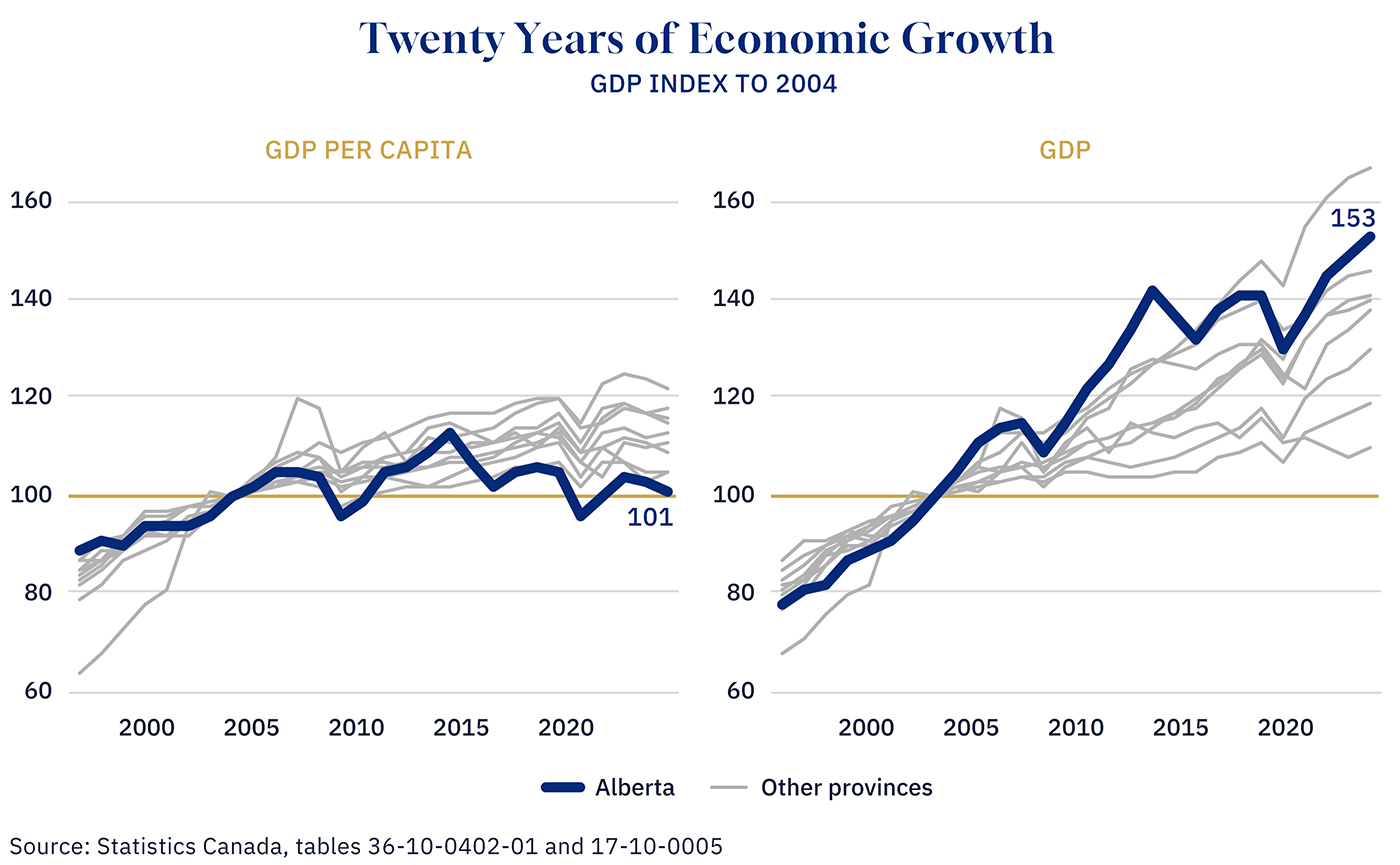
Graphic credit: Janice Nelson.
What drove this long-term weakness? A range of factors, beginning with the oil price collapse itself, and compounded by policies that have discouraged investment.
That initial drop in oil prices, followed by a prolonged period of lower prices, triggered a downturn in Alberta’s highly productive energy sector and related industries. As a result, economic activity and employment shifted to industries that contribute less to GDP and offer lower wages.
Since then, federal government regulations and policies—from pipeline cancellations to tanker bans off the west coast to new regulations on fuel standards to lengthy and unpredictable major project review processes to a proposed cap on sector emissions—have further limited growth and investment prospects in the sector, weakening the province’s overall economic performance.
The good news is that, even with that decline, Albertans generate more economic value per person than anywhere else in the country. Alberta’s per capita GDP is around $72,000—about $7,000 more than the second highest in Saskatchewan, and a whopping $18,000 and $23,000 more than Ontario and Quebec, respectively.
Still, Albertans have not seen any improvement in their standard of living in 20 years. That’s a tough and discouraging reality in a province long associated with opportunity and growth. Turning this around won’t be easy. But creating a more supportive policy environment for the growth and development of the energy sector, and the natural resource sector more broadly, would be a good place to start.
A version of this post was originally published by the Business Council of Alberta at businesscouncilab.com.
